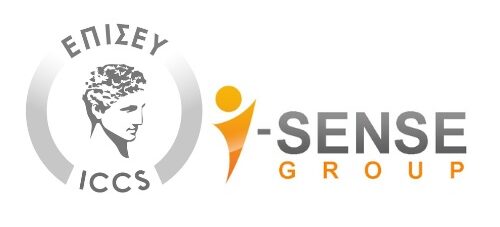AutoMated Vessels and Supply Chain Optimisation for Sustainable Short SEa Shipping
MOSES aims to significantly enhance the Short Sea Shipping (SSS) component of the European container supply chain by addressing the vulnerabilities and strains that relate to the operation of large containerships.
MOSES follows a two-fold strategy, which consists of reducing the total time to berth for TEN-T Hub Ports and stimulating the use of SSS feeder services to small ports (hub and spoke traffic) that have limited or no infrastructure.
To achieve its objectives MOSES implements the following innovations:
- For the SSS leg: an innovative, hybrid electric feeder vessel designed to match dominant SSS business cases
- For DSS ports, the adoption of an autonomous vessel maneuvering and docking scheme (MOSES AutoDock)
- A digital collaboration and matchmaking platform (MOSES platform)
MOSES bears significant innovation potential in the context of European SSS uptake. Its innovation potential covers both vessel design aspects as well as software tools and accompanying governance models to improve related logistics processes. Bridging the scientific, industrial, naval, logistics and port operations domains, MOSES provides fertile ground for sharing skills and expertise that prompts transfers of technology and embodies true synergies among the partners.
Role in the project
In MOSES, the National Technical University of Athens (NTUA) is the project coordinator while also leading the tasks related to the design and development of MOSES Matchmaking Logistics Platform, and determining ‘ethics requirements’ that the project must comply with.
NTUA also acts as the project’s technical manager and therefore will monitor all WPs from the scientific, technical, and scheduling perspective to ensure that the work plan is in line with the MOSES objectives (as set out in the Description of Action). NTUA is also responsible for guiding the scientific dissemination activities during the project.
NTUA participates in MOSES with two different research teams, the I-SENSE Group of the School of Electrical and Computer Engineering and the Laboratory for Maritime Transport of the Division of Ship Design and Maritime Transport of the School of Naval Architecture and Marine Engineering.


